- With standard equipment
- With safety pack
Find more information in the General Comments section of the assessment
Find more information in the Rating Validity tab of the assessment
- See More
- See More
- See More
- See More
- Good
- Adequate
- Marginal
- Weak
- Poor
 Passenger
Passenger
 Driver
Driver
 Rear Passenger
Rear Passenger
 Driver
Driver
 Car
Car
 Pole
Pole
 Rear Seat
Rear Seat
 Front Seat
Front Seat
-
Approaching a stationary car: Left Offset
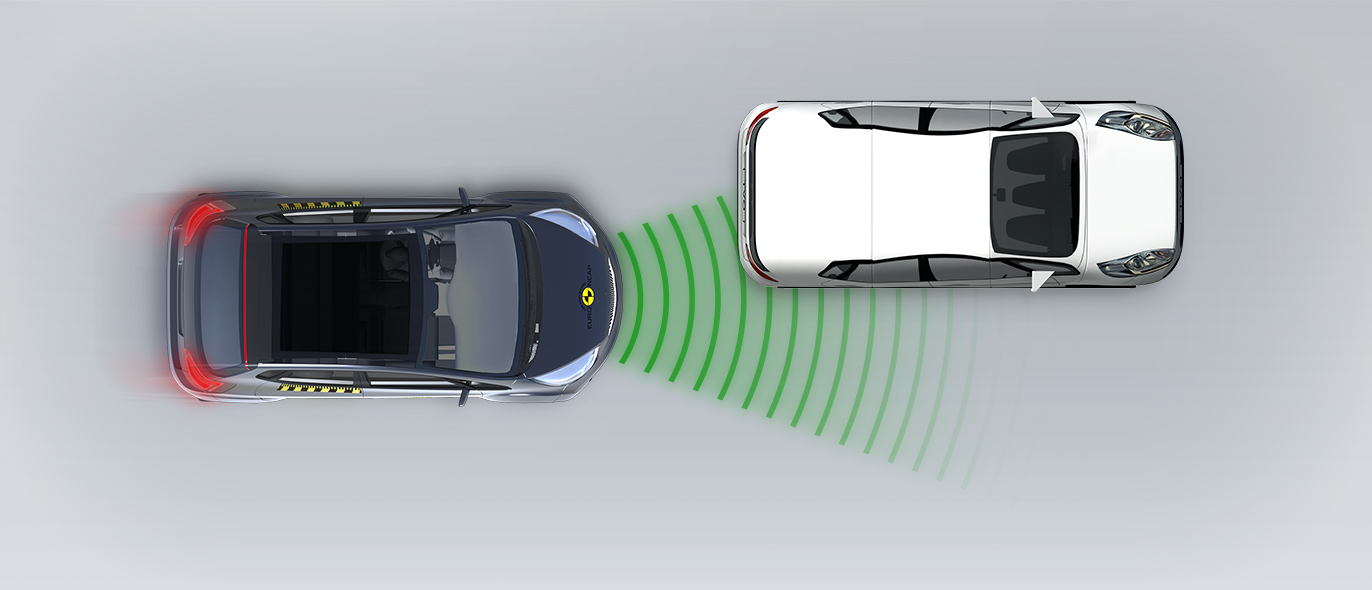
-
Approaching a stationary car: No Offset
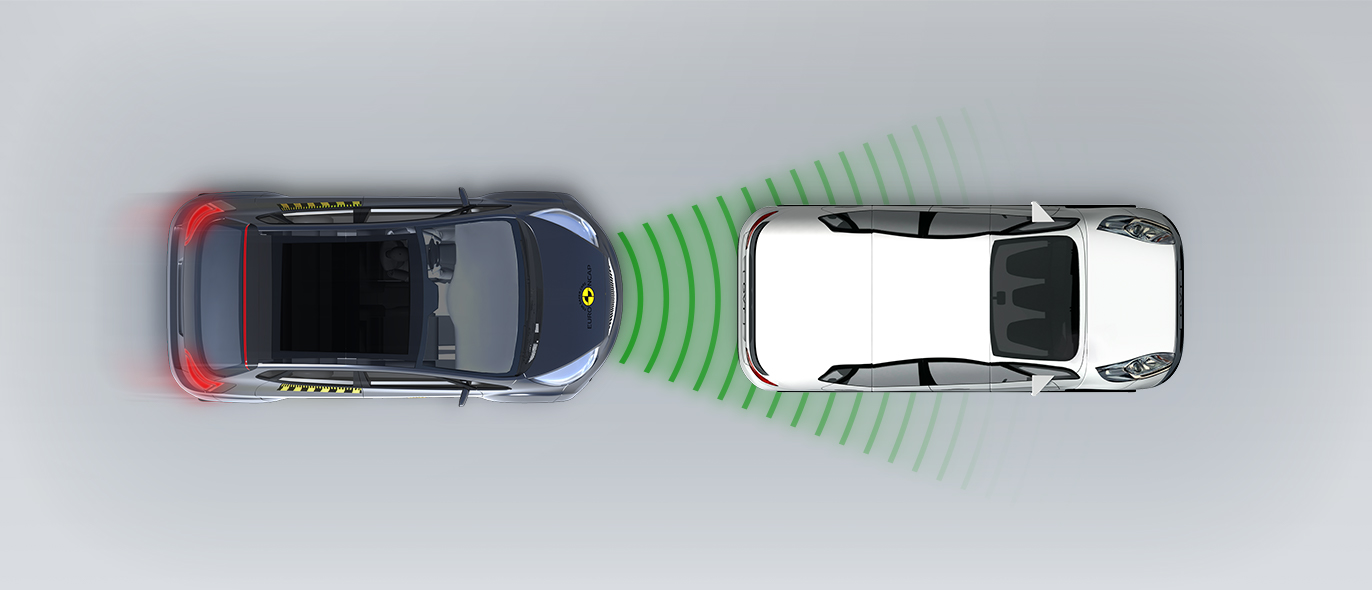
-
Approaching a stationary car: Right Offset
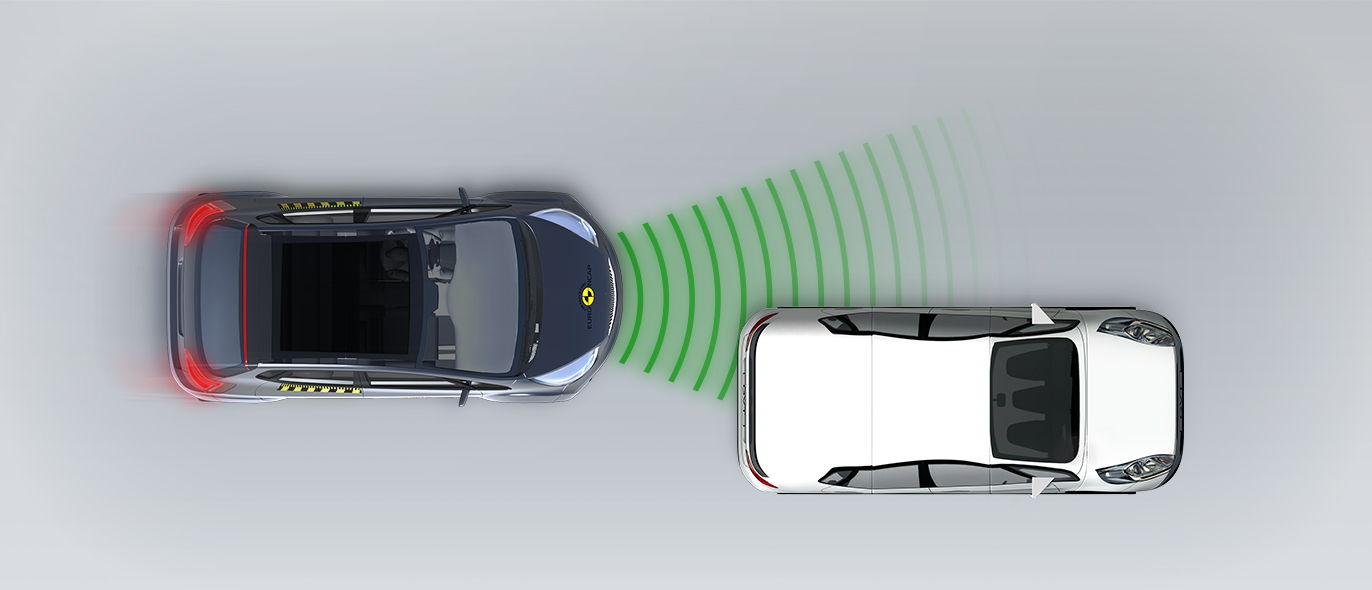
- Good
- Adequate
- Marginal
- Weak
- Poor


Passenger
outboard
center
outboard
Fitted to the vehicle as standard
Not fitted to the test vehicle but available as option
Not Available
-
i-Size CRS
-
ISOFIX CRS
-
Universal Belted CRS
Easy
Difficult
Safety critical
Not allowed
| Seat Position | ||||||
|---|---|---|---|---|---|---|
| Front | 2nd row | 3rd row | ||||
| Passenger | Left | center | Right | Left | Right | |
| Maxi Cosi 2way Pearl & 2wayFix (rearward) (iSize) | ||||||
| Maxi Cosi 2way Pearl & 2wayFix (forward) (iSize) | ||||||
| BeSafe iZi Kid X2 i-Size (iSize) | ||||||
| BeSafe iZi Flex FIT i-Size (iSize) | ||||||
| Maxi Cosi Cabriofix & FamilyFix (ISOFIX) | ||||||
| BeSafe iZi Kid X4 ISOfix (ISOFIX) | ||||||
| Britax Römer Duo Plus (ISOFIX) | ||||||
| Britax Römer KidFix XP (ISOFIX) | ||||||
| Maxi Cosi Cabriofix (Belt) | ||||||
| Maxi Cosi Cabriofix & EasyBase2 (Belt) | ||||||
| Britax Römer King II LS (Belt) | ||||||
| Britax Römer KidFix XP (Belt) | ||||||
Easy
Difficult
Safety critical
Not allowed
In both the frontal offset test and the side barrier impact, protection of all critical body areas was good for both the 6-year and 10-year dummies, and the Explorer scored maximum points in this part of the assessment. The Explorer automatically disables the airbag is it detects a rearward-facing child restraint in the front passenger seat. The system worked robustly in Euro NCAP's tests and was duly rewarded. Child restraints could be properly installed and accommodated in the front passenger seat and in the second row. The optional third-row seats are equipped with ISOFIX/i-Size anchorages. However, issues were found during checks of CRS installation in these seats.
- Good
- Adequate
- Marginal
- Weak
- Poor

Head Impact 13.7 Pts
Pelvis Impact 2.8 Pts
Leg Impact 5.5 Pts
| System Name | Pre-Collision Assist with AEB | ||
| Type | Auto-Brake with Forward Collision Warning | ||
| Operational From | 5 km/h | ||
| PERFORMANCE | | |||
-
Approaching a crossing cyclist
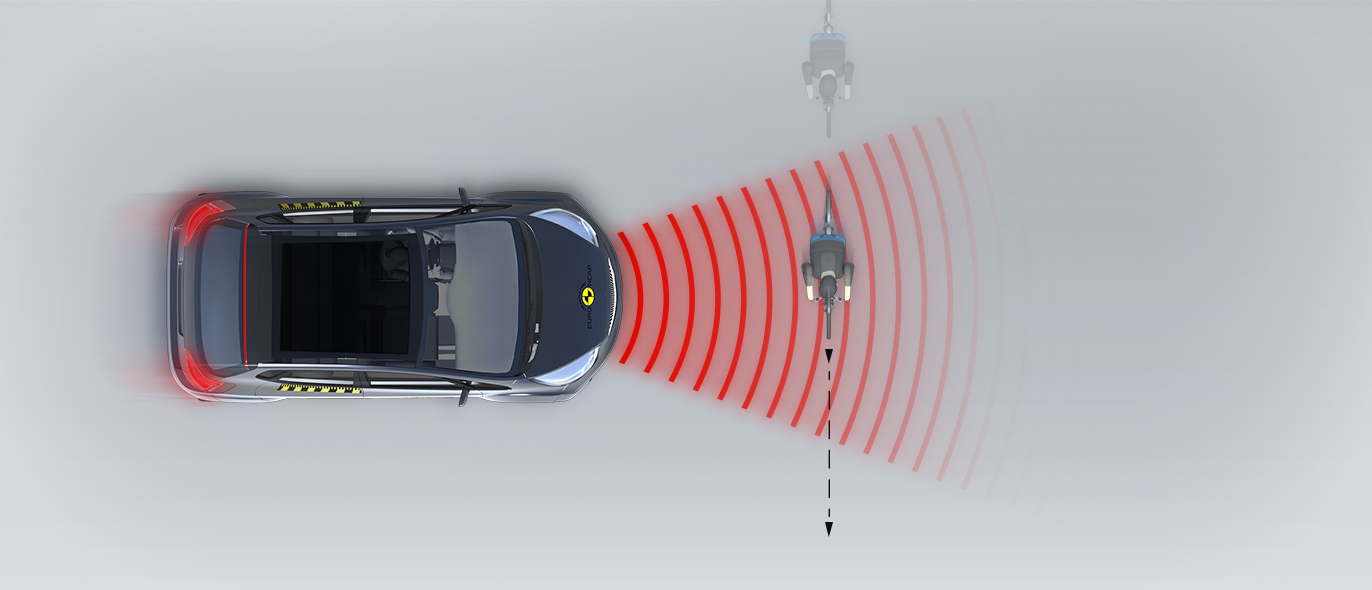
-
Cyclist along the roadside

The bonnet provided predominantly good or adequate protection to the head of a struck pedestrian, with poor values recorded at the edge of the bonnet surface. The bumper offered good or adequate protection to pedestrians' legs at all test locations. Protection of the pelvis was mixed, with some areas of good protection and some areas that were poor. The Explorer's AEB system can detect vulnerable road users like pedestrians and cyclists, as well as other vehicles. In tests of its response to pedestrians, the system performed well, with collisions avoided or mitigated in most situations. The system showed a marginal level of performance in the more challenging cyclist tests.
- Good
- Adequate
- Marginal
- Weak
- Poor
| System Name | Intelligent Speed Assist |
| Speed Limit Information Function | Camera & Map |
| Speed Control Function | System advised (accurate to 5km/h) |
| Applies To | All Seats | ||
| Warning | Driver Seat | Front Passenger(s) | Rear Passenger(s) |
| Visual | |||
| Audible | |||
| Occupant Detection | |||
|
|||
| System Name | Lane Keeping Assist |
| Type | LKA (including LDW) |
| Operational From | 65 km/h |
| Performance | |
| Emergency Lane Keeping | |
| Lane Keep Assist | |
| Human Machine Interface | |
| System Name | Pre-Collision Assist with AEB | |||
| Type | Autonomous Emergency Braking and Forward Collision Warning | |||
| Operational From | 8 km/h | |||
| Additional Information | Supplementary warning | |||
The AEB system performed well in tests of its response to other vehicles at highway speeds. The Explorer has an intelligent speed assistance system. Digital mapping is used in conjunction with a camera to determine the local speed limit. This information is presented to the driver and the the speed limiter is adapted accordingly. A lane support system helps to avoid inadvertent drifting out of lane by warning the driver and gently applying corrective steering. A seatbelt reminder is standard for all seats.
- Specifications
- Safety Equipment
- Videos
- Rating Validity
Specifications
Tested Model Ford Explorer Plug-in Hybrid, LHD
Body Type - 5 door SUV
Year Of Publication 2019
Kerb Weight 2518kg
VIN From Which Rating Applies - all Ford Explorers
Class Large SUV
Safety Equipment
Note: Other equipment may be available on the vehicle but was not considered in the test year.
Fitted to the vehicle as standard
Fitted to the vehicle as part of the safety pack
Not fitted to the test vehicle but available as option or as part of the safety pack
Not available
Not applicable
Videos
Rating Validity
Variants of Model Range
| Body Type | Engine & Transmission | Drivetrain | Rating Applies | |
|---|---|---|---|---|
| LHD | RHD | |||
| 5 door SUV | 3.0 petrol GTDI* | 4 x 4 |  |
 |
* Tested variant

Find more information in the General Comments section of the assessment
 Share
Share
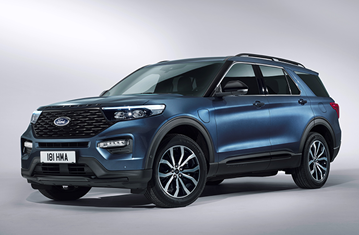











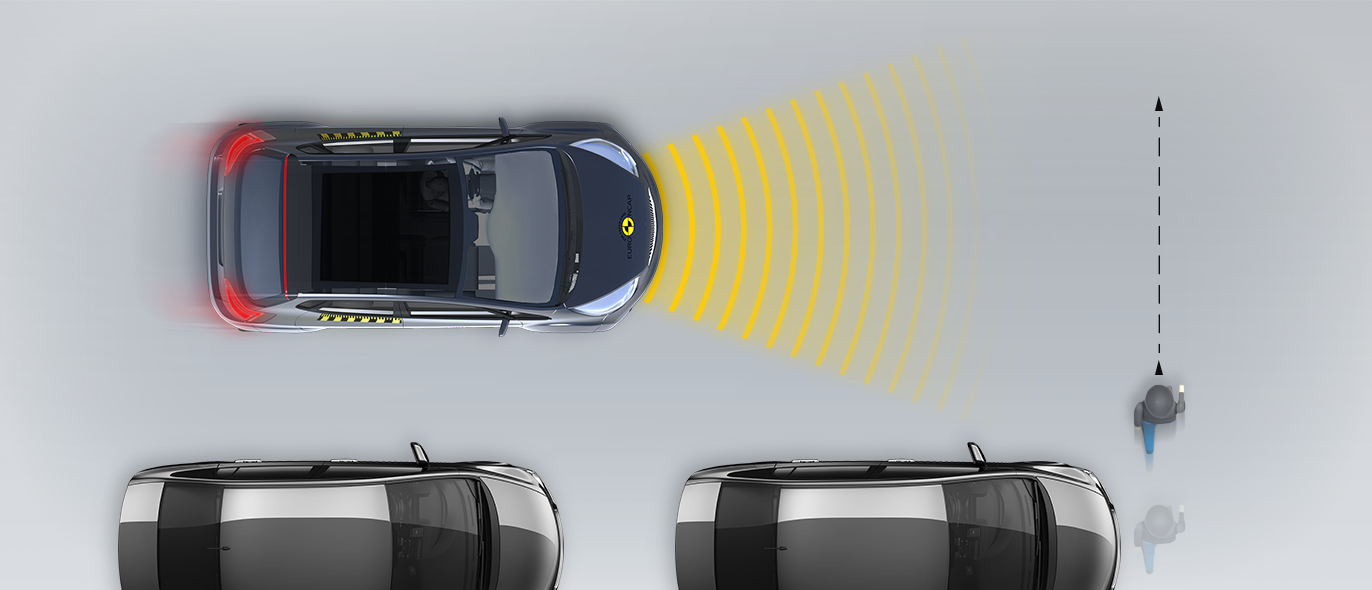

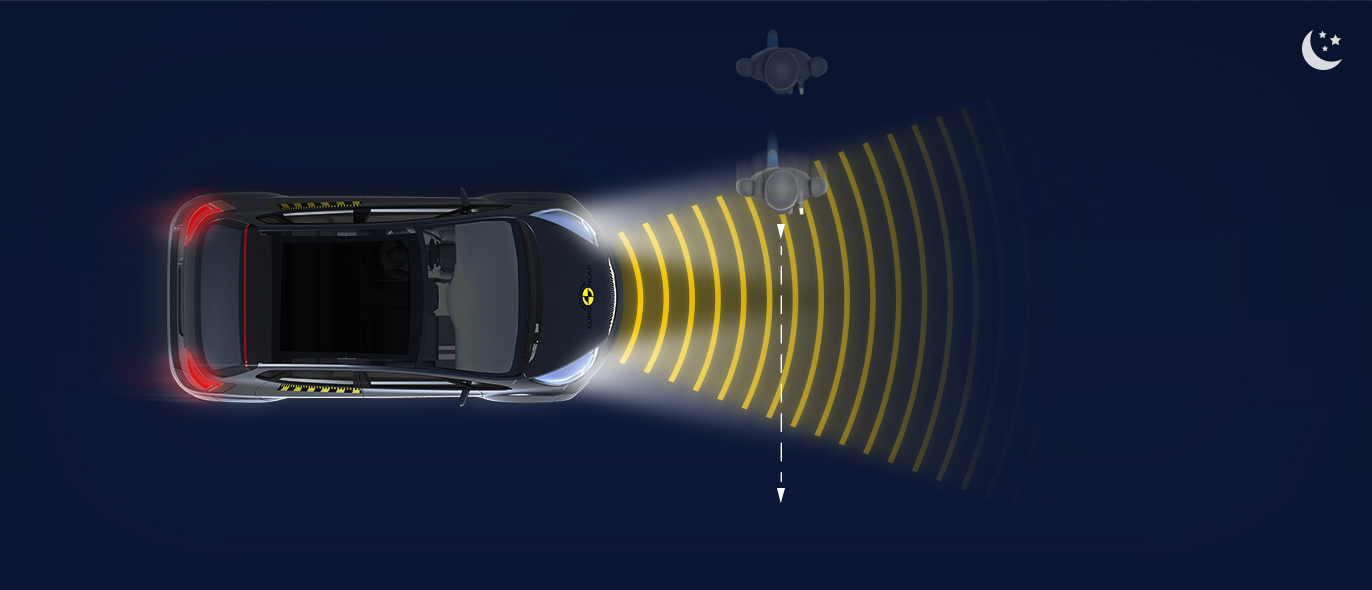









The passenger compartment of the Explorer remained stable in the frontal offset test. Dummy readings indicated good protection of the knees and femurs of the driver and passenger. However, a post-crash inspection revealed structures in the dashboard which might pose a hazard to the knees and femurs of occupants of different sizes and to those sitting in different positions. Accordingly, the score for this body region was penalised and protection was rated as marginal. In the full-width rigid barrier test, protection of all critical body regions was good or adequate, apart from the chest of the rear passenger. For this body area, dummy readings of chest compression indicated a marginal level of protection. In the side barrier impact, protection was good for all critical body areas and the Explorer scored maximum points. In the more severe side pole test, readings of rib compression indicated marginal protection of the chest, while protection of other critical body areas was good. Tests on the front seats and head restraints demonstrated good protection against whiplash injuries in the event of a rear-end collision. A geometric assessment of the rear seats also indicated good whiplash protection. The standard-fit autonomous emergency braking (AEB) system performed well in tests of its functionality at the low speeds, typical of city driving, at which many whiplash injuries occur, with collisions avoided or mitigated in every test scenario.